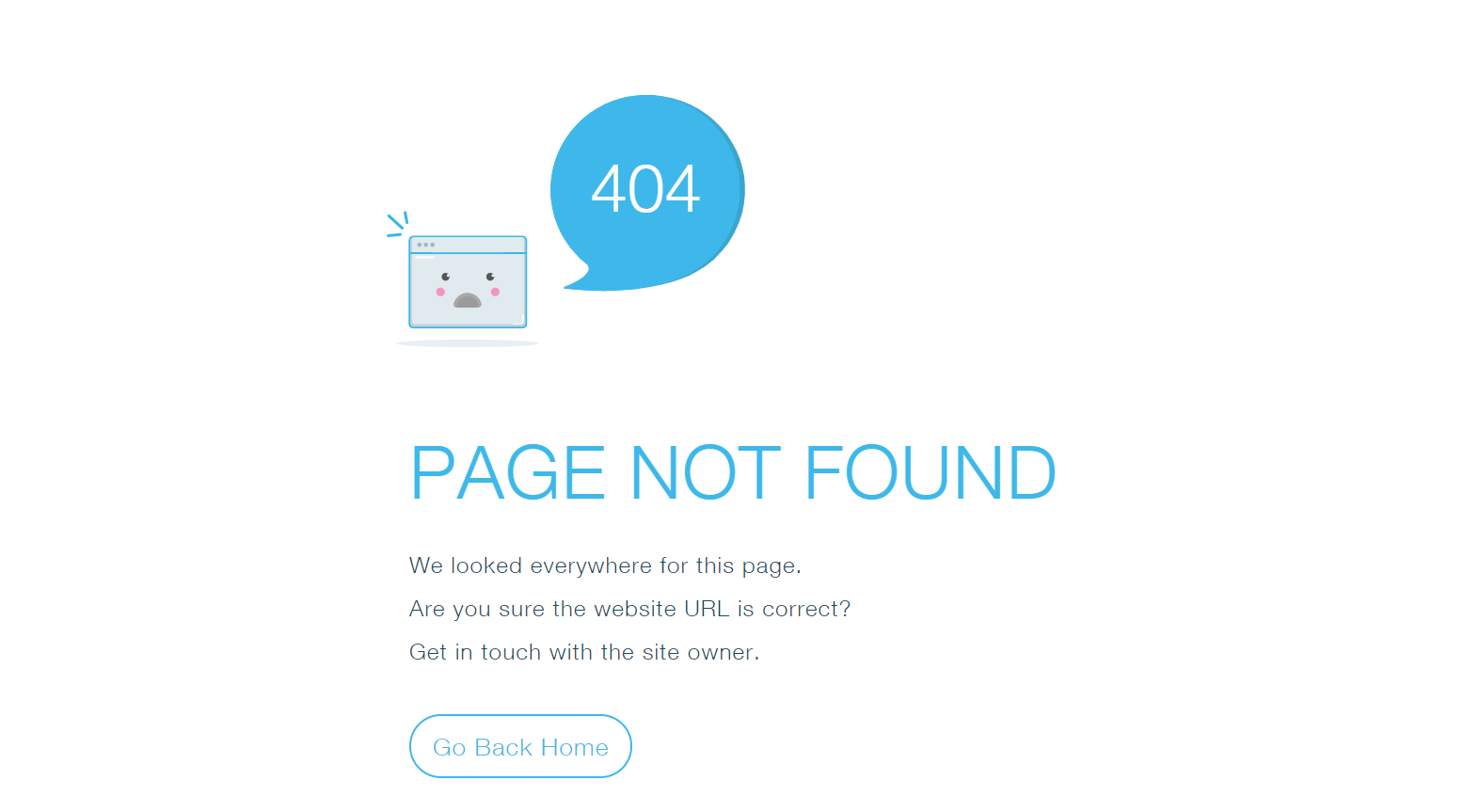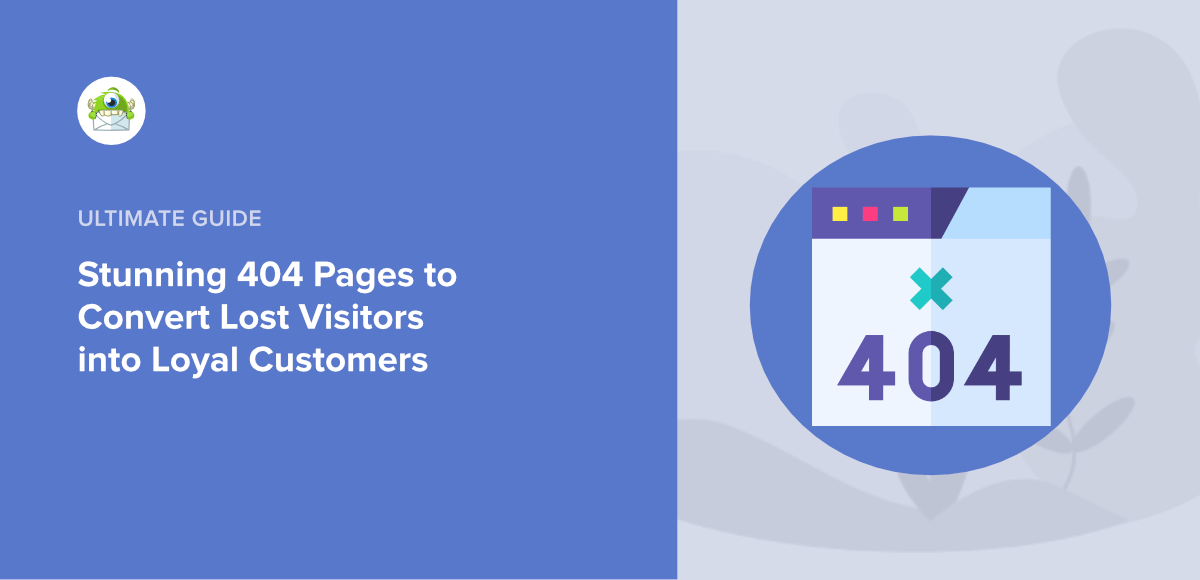Turning 404 pages into opportunities for user engagement and lead generation involves transforming what is normally a frustrating dead-end into a helpful, interactive, and conversion-friendly experience.
Key strategies include:
-
Add clear, friendly messaging and navigation: Explain the error simply, apologize briefly, and provide links to important pages like the homepage, popular content, or categories to guide users back on track.
-
Incorporate a search bar: Allow visitors to quickly search for what they were looking for without leaving the page.
-
Showcase relevant content or product recommendations: Highlight popular articles, services, or products with visuals and links to keep users engaged and encourage exploration.
-
Use interactive elements: Embed games, quizzes, or videos (e.g., product demos) to entertain and engage users, turning frustration into a positive experience.
-
Personalize the experience: Tailor suggestions based on user behavior or segment to increase relevance and conversion potential.
-
Leverage lead capture tools: Include newsletter sign-up forms, discount offers, or exclusive deals to convert visitors into leads even when they land on a 404 page.
-
Optimize for SEO: Ensure the 404 page returns the correct HTTP status code and strategically use keywords related to your offerings to attract organic traffic and improve site health.
-
Monitor and fix broken links regularly: While a good 404 page helps, minimizing 404 errors by fixing broken links improves overall user experience and SEO.
By implementing these approaches, businesses can reduce bounce rates, enhance brand perception, and turn a negative experience into a marketing asset that drives engagement and lead generation.
In summary, a well-designed 404 page should be helpful, engaging, and conversion-oriented, serving as a strategic landing page rather than a dead end.





